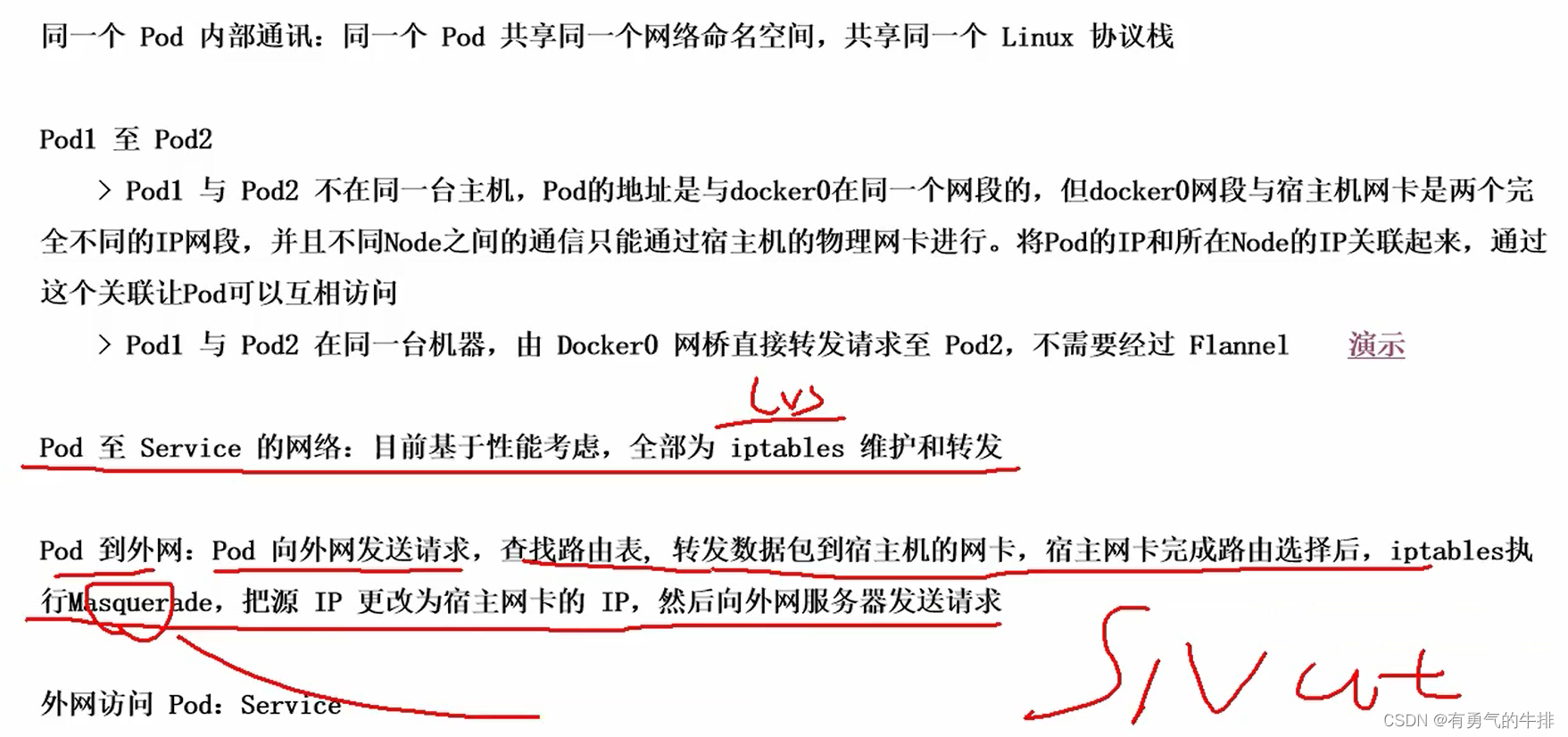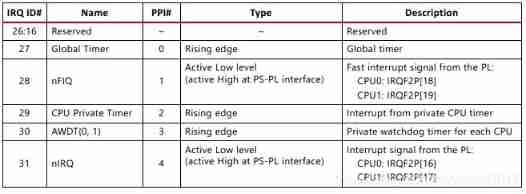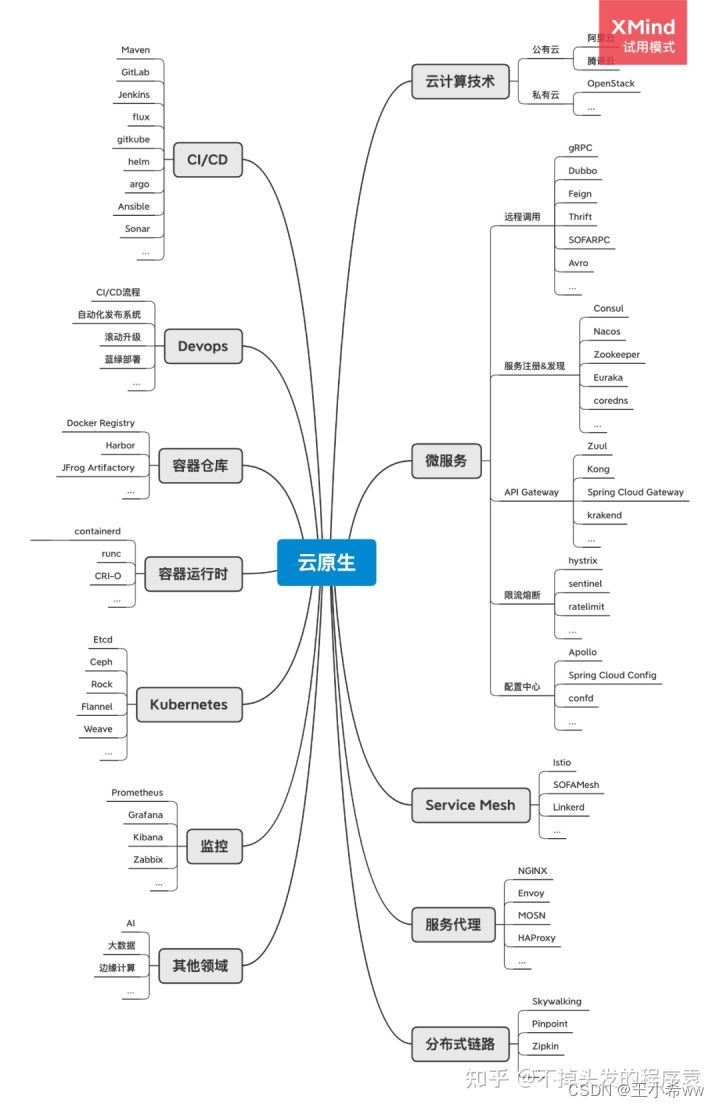当前位置:网站首页>Kubernetes theoretical basis
Kubernetes theoretical basis
2022-06-28 07:37:00 【Courageous steak】
1 Introduce
Highly available cluster replica data is best >= 3 An odd number
2 Component is introduced
k8s framework 
2.1 Core components
2.1.1 api server
All services access a unified portal
2.1.2 ControllerManager
Expected number of copies maintained
2.1.3 Scheduler
Be responsible for introducing tasks , Select the appropriate node to assign tasks
2.1.4 etcd
Key-value pair database , Storage K8S All important information about the cluster ( Persistence )
- ETCD
etcd It is officially positioned as a trusted distributed key value storage service , It can store some key service data for the whole distributed cluster , Assist in the normal operation of distributed clusters .
Architecture diagram 
AWL: journal
Store: Persistent write to local disk
2.1.5 Kubelet
Directly interact with the container to realize the life cycle management of the container
2.1.6 Kube-proxy
Responsible for writing rules to IPTABELS、IPVS, Implementation of service mapping access
2.2. Other plug-ins
2.2.1 CoreDNS
It can be used for SVC Create a domain name 、IP Correspondence analysis
2.2.2 dashboard
to K8S Cluster provides a B/S Structure access architecture
2.2.3 Ingress Controller
The government can only achieve four levels of agency ,Ingress Can achieve 7 layer
2.2.4 fedetation
Provide a cluster center that can span multiple K8S Unified management function
2.2.5 prometheus
Provide a K8S Cluster monitoring capability
2.2.6 ELK
Provide K8S Cluster log unified analysis intervention platform
3 Pod
3.1 Pod Concept
- Autonomous Pod
- Controller managed Pod
notes : It's not official to install the above classification
3.1.1 Pod Service type
HPA
Horizontal Pod Autoscaling Only applicable to Deployment and ReplicaSet, stay V1 Only according to Pod Of CPU Utilization expansion and reduction , stay vlalpha In the version , Support for memory and user-defined metric Expansion and contraction capacity .
StatefulSet
To solve the problem of stateful service ( Corresponding Deployments and ReplicaSets It is assumed for stateless service ), Its scenarios include :
- Stable persistent storage : namely Pod You can still access the same persistent data after rescheduling , be based on PVC To achieve .
- Stable network logo , namely Pod After rescheduling PodName and HostName unchanged , be based on Headless Service( That is, no Cluster Ip Of Service) To achieve .
- Orderly deployment , The orderly expansion , namely Pod There is a sequence , When deploying or expanding, it should be done in the order of definition ( From 0 To N-1, All before the next run Pod Must be Running and Read state ), be based on init containers To achieve
- Orderly contraction , In order to delete ( From N-1 To 0)
DaemonSet
Make sure that all ( Or some )Node Run a Pod Copy of . When there is Node When joining a cluster , It will also add a new one for them Pod. When there is Node When removing from a cluster , these Pod It will also be recycled . Delete DaemonSet It will delete all the Pod
Use DaemonSet Some typical uses of
- Running cluster storage daemon, For example, in each Node Up operation glusterd、ceph
- At every Node Running log on mobile phone daemon, for example fluentd、logstash
- At every Node On run monitoring daemon, for example Prometheus Node Exporter
Job
Responsible for batch processing tasks , That is to perform a task , It guarantees one or more of the batch tasks Pod A successful ending
Cron Job
Manage time-based Jod, namely
- Run only once at a given point in time
- Run periodically at a given point in time
3.1.2 Pod Service discovery

4 Network communication mode
Kubernetes The network model assumes that all Pod All in a flat network space that can be directly connected , This is in GCE(Google Comute Engine) It's a ready-made network model ,Kubernetes Suppose the network already exists . And build in the private cloud Kubernetes colony , You can't assume that this network already exists . We need to implement this network hypothesis ourselves , Put... On different nodes Docker The mutual access between containers should be made first , And then run Kubernetes.
- The same Pod Between multiple containers in :lo
- various Pod Communication between :Overlay Network
- Pod And Service Communication between : Of each node Iptables The rules
Flannel yes CoreOS Team directed Kubernetes Design of a network planning service , Simply speaking , Its function is to let different node hosts in the cluster create Docker Containers all have the unique virtual of the whole cluster IP Address . And it can be in these IP Build an overlay network between addresses (Overlay Network), Through this overlay network , Transfer the packet to the target container intact .
etcd And Flannel Provide instructions
- Storage management Flannel Distributable IP Address segment resources
- monitor etcd Each of them Pod The actual address of , And build maintenance in memory Pod Node routing table

Study address :
https://www.bilibili.com/video/BV1w4411y7Go
边栏推荐
- Resizing node of rediscluster cluster cluster mode
- Sword finger offer|: linked list (simple)
- kubelet驱逐机制的源码分析
- R 语言 Hitters 数据分析
- Modifying MySQL port number under Linux
- vite2.9 中指定路径别名
- Installing redis on Linux
- Design and practice of vivo sensitive word matching system
- [thanos source code analysis series]thanos query component source code analysis
- Practice and exploration of vivo live broadcast application technology
猜你喜欢

The practice of traffic and data isolation in vivo Reviews

网传互联网公司加班表,排名第一的没悬念

Application of XOR. (extract the rightmost 1 in the number, which is often used in interviews)

goland IDE和delve调试位于kubernetes集群中的go程序

ES6 use of return in arrow function

Devtools implementation principle and performance analysis practice

ABAP skill tree

Section 5: zynq interrupt

云原生(待更新)

腾讯下半年继续裁员,所有事业群至少缩减 10%,对此你怎么看?关注者
随机推荐
HJ进制转换
Jetpack - defects of livedata component and Countermeasures
股票炒股注册开户靠谱吗?安全吗?
es6箭头函数中return的用法
Sentinel mechanism of redis cluster
安全培训是员工最大的福利!2022新员工入职安全培训全员篇
HJ质数因子
[thanos source code analysis series]thanos query component source code analysis
自动化测试的生命周期是什么?
R 语言 ggmap
2021 programming language ranking summary
vite2.9 中指定路径别名
Analyze 5 indicators of NFT project
7-1 understand everything
大型项目中的Commit Message规范化控制实现
Design and implementation of spark offline development framework
7-2 Finnish wooden chess structure Sorting
Practice of traffic recording and playback in vivo
R 语言 Kolmogorov-Smirnov 检验 2 个样本是否遵循相同的分布。
ES6 use of return in arrow function